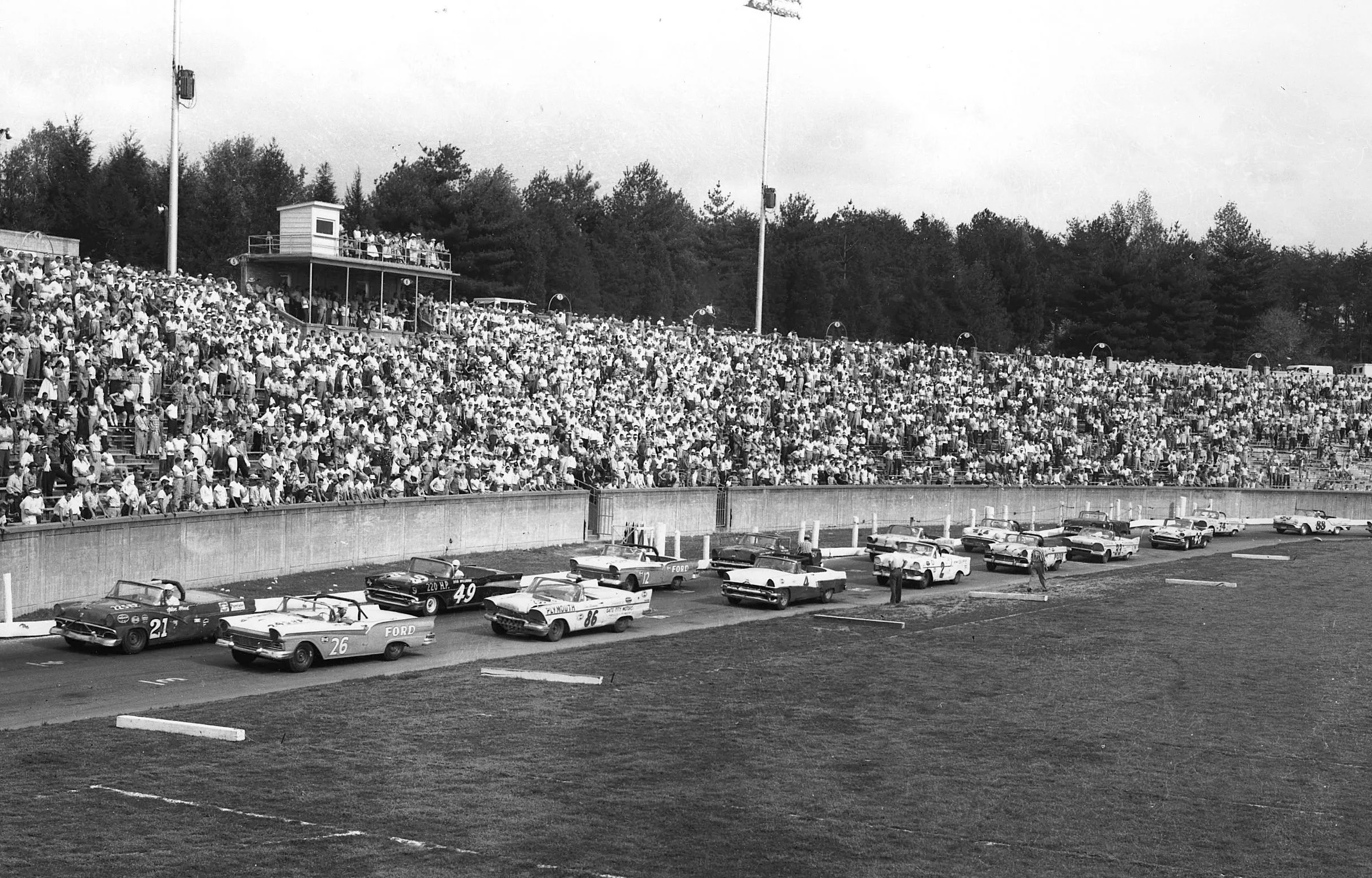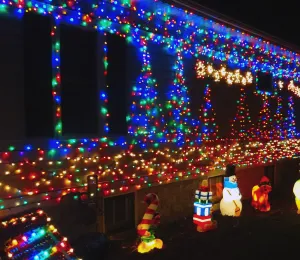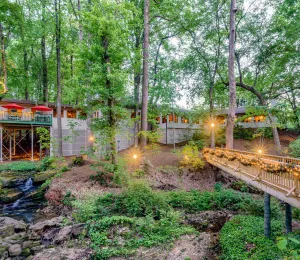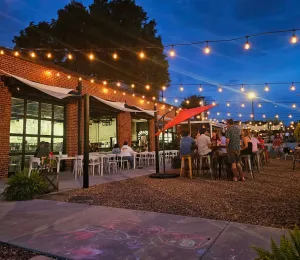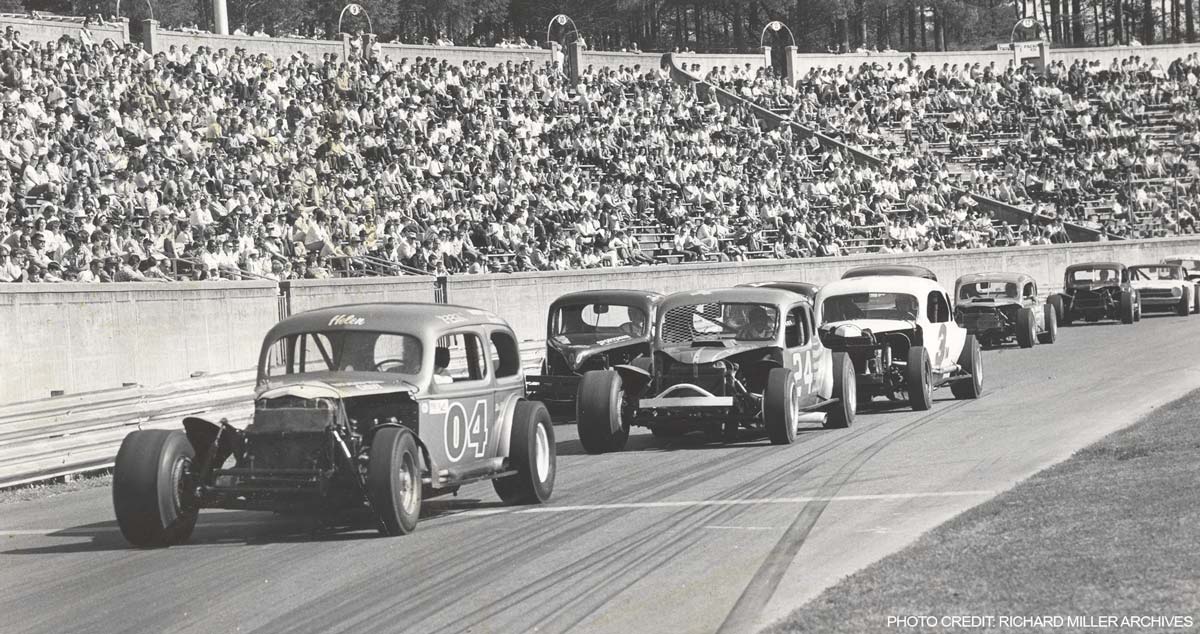Madhouse Moments: The History of Bowman Gray Stadium
See the moments that made history at NASCAR's very first weekly race track, Bowman Gray.
Welcome to Bowman Gray Stadium, affectingly known as “The Madhouse,” where the sound of screaming fans and roaring engines have been heard since 1949. As NASCAR's very first weekly track, the legendary quarter-mile near downtown Winston-Salem is among the most iconic tracks in the nation. Each Saturday night in spring and summer, thousands of fans pack the stadium to experience the most exciting racing found anywhere.
So what is it that makes races at Bowman Gray Stadium (BGS) so special? And how does a small, quarter-mile track in Winston-Salem become an icon? It's a combination of a lot of things. It’s the history, it's the drama, and the personalities. It’s seating so close, fans can seemingly reach out and slap drivers as they soar by. It’s hair-blazing, white-knuckle racing, and it all comes at an ultra-low price.
"Bowman Gray continues to offer something money can't buy," wrote The Athletic in a recent article: "Other tracks have tried to copy the formula, but none have perfected the art of entertainment like the Madhouse. It's where NASCAR began, it's grassroots, and it's an experience you won't forget."
With Bowman Gray celebrating its 77th year of racing in 2025, we're taking a look back at its storied past. Here's a timeline of the biggest moments in Bowman Gray history.
TIMELINE: Bowman Gray's Biggest Moments
1937: Construction begins on Bowman Gray Stadium
Bowman Gray Stadium is NASCAR's longest-running weekly racetrack, but it wasn't meant to be a racetrack originally. The stadium was built in 1937 as a public works project and was intended to be a football stadium. A portion of the $100,000 construction cost was funded by the family of Bowman Gray, former president of R.J. Reynolds Tobacco. Gray passed away in 1935, and his wife, Nathalie, donated $30,000 to the project in his memory, securing the naming rights.
1939: The first races are held on site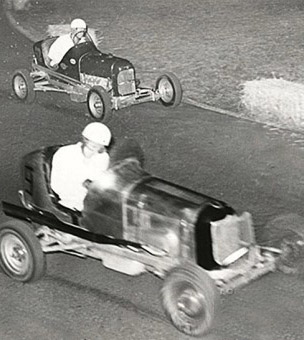
The inaugural event at Bowman Gray happened in 1938 when Wake Forest and Duke battled at the stadium. (Interestingly, this was nearly two decades before Wake Forest relocated to Winston-Salem from the Raleigh area.) A year later, after a dirt track was added around the football field, the first auto-racing event was held on-site, a midget car race (pictured right). Horse races were also held onsite for several years beginning in 1939.
1947: A paved track is added; NASCAR takes note
With racing events drawing huge crowds to the stadium, the City of Winston-Salem opted to pave the quarter-mile dirt track, drawing the attention of NASCAR founding fathers Bill France Sr. and Alvin Hawkins. The first NASCAR race was held here on May 18, 1949, and Bowman Gray soon become a fixture for the sport.
1953: BGS undergoes major expansion
With the venue growing in popularity, officials added an additional 7,000 seats to the stadium, increasing seating capacity to 17,000 (where it remains today.) However, when you factor in standing-room areas around the wall (above the seating area), the total capacity regularly tops 20,000.
1956: College football debuts at BGS
Most people know that Bowman Gray is the home of Winston-Salem State football (and has been since 1956). However, few know that Wake Forest played their home games here for more than a decade when they relocated to Winston-Salem in the 1950s. They'd share the stadium with WSSU until Groves Stadium (now Allegacy Stadium) was completed in 1968. Among the Deacs who called Bowman Gray home was star fullback Brian Piccolo, the 1964 ACC Player of the Year. (Piccolo went on to star for the Chicago Bears and was later the subject of the 1971 film Brian's Song.)
1969: Richard Petty's 100th career win
The Madhouse saw countless legends during its NASCAR heyday (roughly 1953 to 1973). It's the track where famed moonshiner Junior Johnson got his start, where icons Bobby Allison and David Pearson won Grand National events, and where and where a young Richard Childress first fell in love with the sport (originally working as a concessioner). But the track's seminal moment came in 1969 when "The King" Richard Petty won his 100th race at the track, one of his
2010: The Madhouse comes to The History Channel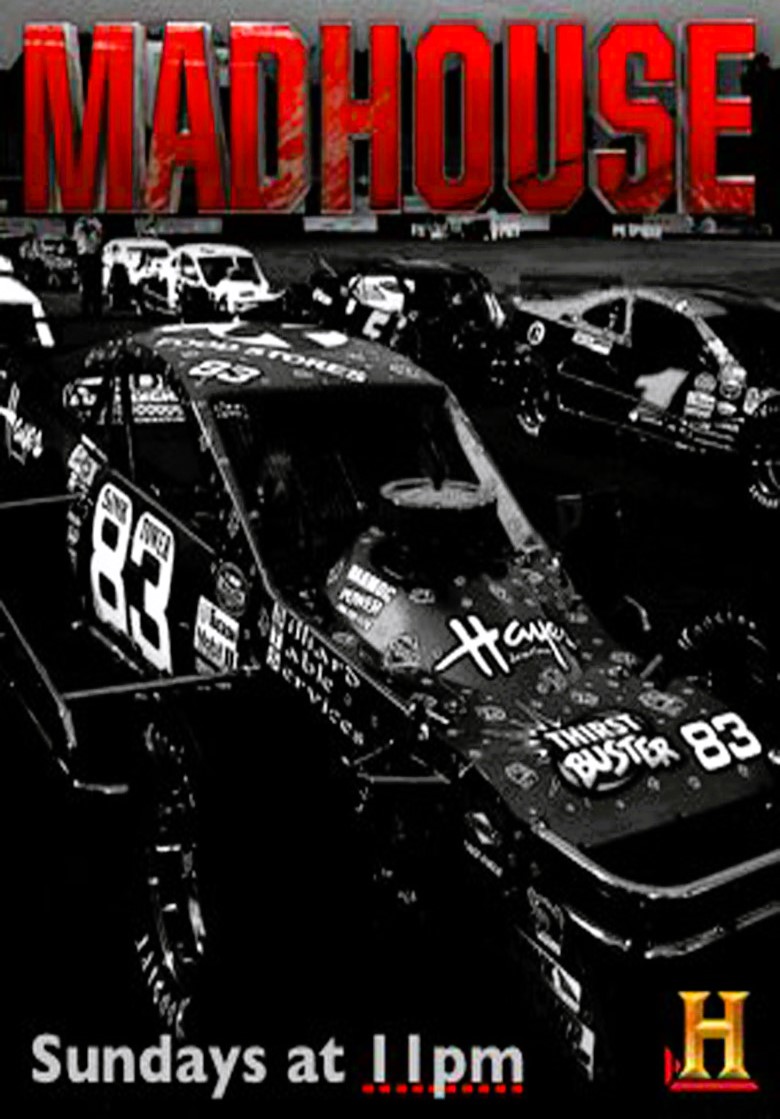
While NASCAR stopped holding races at Bowman Gray in the 1970s, weekly racing events continued on, never wavering in popularity. Things reached a fever pitch in 2010 when The History Channel released a 13-episode reality series The Madhouse, chronicling the lives of several top drivers. Another reality series, Race Night at Bowman Gray, aired on Discovery Channel in 2018.
2019: BGS gets a $10M makeover
A multiyear renovation at Bowman Gray totaling nearly $10 million kicked off in 2019. The project included new restrooms, a track resurfacing, and improvements to the football facilities. (NOTE: The stadium has been the home of Winston-Salem State football since 1956.)
2024: NASCAR retakes the reigns
In March, NASCAR announced that they had acquired the lease of the track and would begin managing racing at the facility through 2050. In September, NASCAR officials announced they'd move their season-opening exhibition race, The Clash, from Los Angeles to Bowman Gray. When the race commences in 2025, it will be the first NASCAR Cup Series event held at the track in more than a half-century.
Tickets remain for The Clash at Bowman Gray Stadium, Feb. 1-2, the first NASCAR race at the stadium in more than half a century, but tickets are going fast. However, it's never too early to plan a trip to Winston-Salem for a Saturday night race in 2025. The 77th season will run from late April to late August. Check out our Bowman Gray Racing Guide for everything you need to know about attending a race in 2025.

